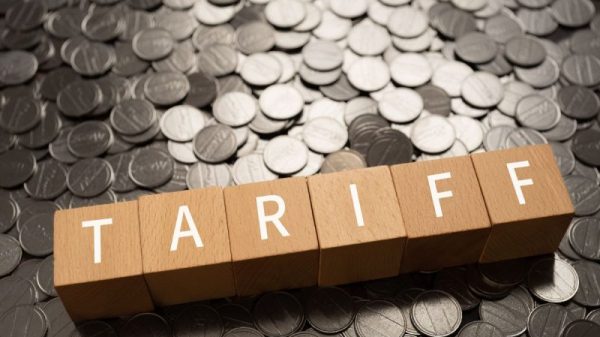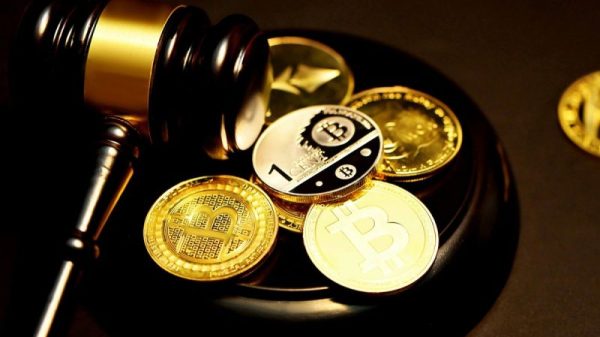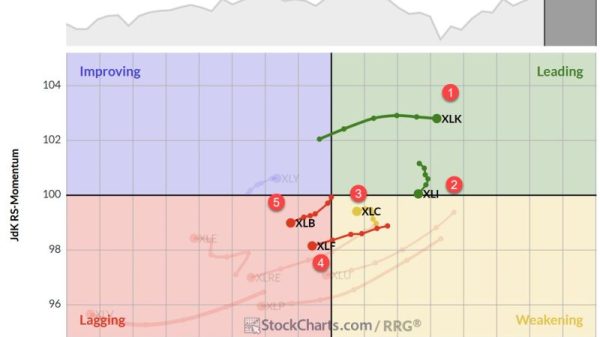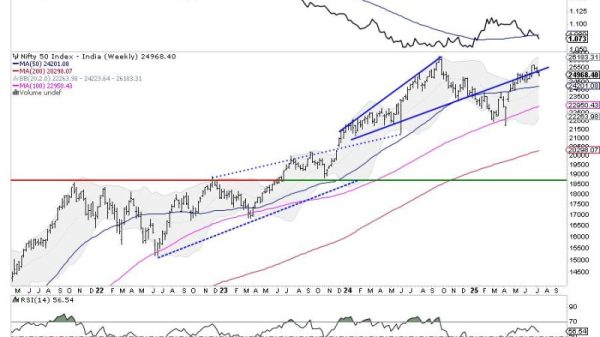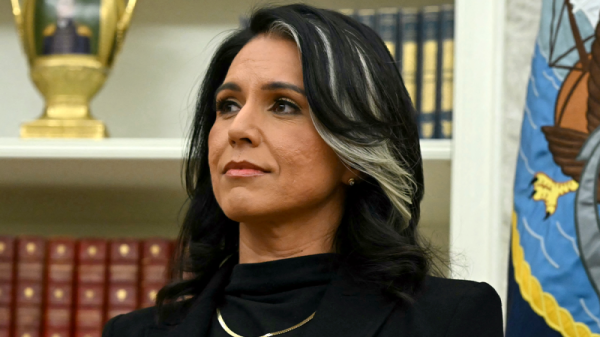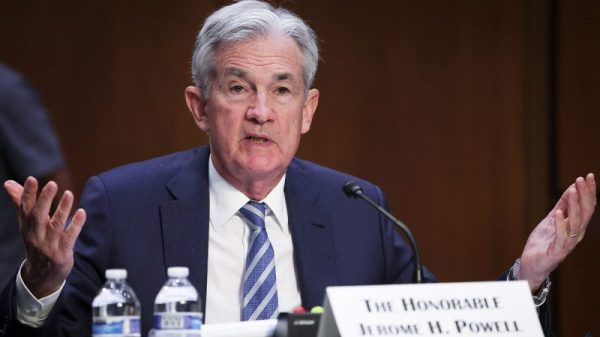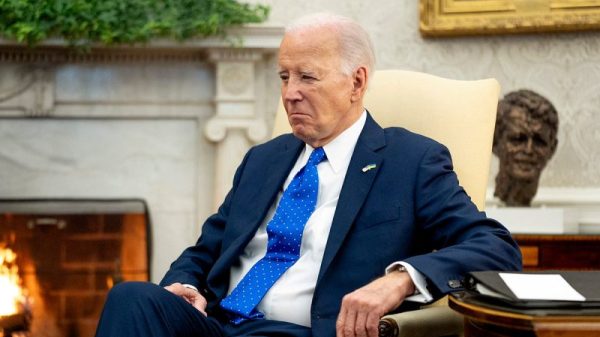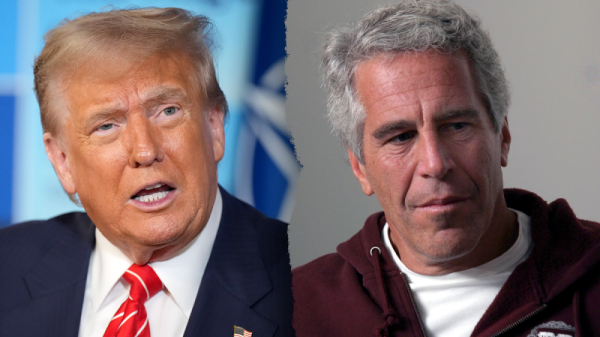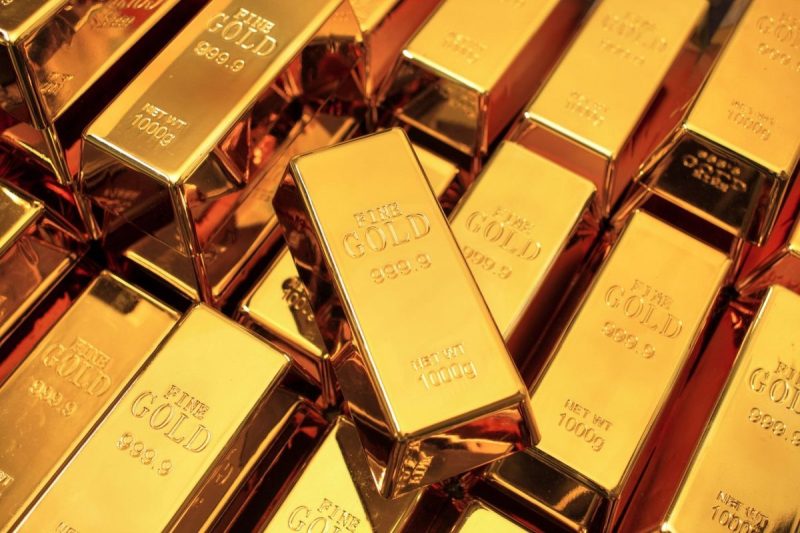Global central banks held more than 36,699 metric tons (MT) of gold in their reserves as of year-end 2023. Most of that supply has been amassed since 2010, when central bankers commenced a gold-buying spree.
Central banks were net sellers of gold before that time, selling roughly 4,426 MT of gold between 2000 and 2009. But for nearly a decade and a half now they’ve been net buyers of the metal.
In 2018, national financial institutions set a 50 year record for gold purchases, snapping up 656 MT of the yellow metal. Buying was slightly lower in 2019, clocking in at approximately 605 MT.
2020 marked a second year of declines, with additions of just 255 MT, falling significantly short compared to the previous year. The abrupt drop off was attributed to a rapidly rising gold price — mid-2020 was when values rose to what was then an all-time high of US$2,063 per ounce.
These past few years have marked a significant turnaround in demand. In 2021, central banks added 455 MT of gold to their holdings, and 2022 saw a massive 1,135.7 MT of gold added to central bank vaults — an all-time high. In 2023, for a second year in a row, central bank gold buying surpassed the 1,000 MT mark. At 1,037 MT, last year’s gold purchases came in at just 45 MT off of the 2022 record.
According to a mid-2023 central bank survey from the WGC, 24 percent had plans to increase their gold reserves in the next 12 months; more than 70 percent of those surveyed expect to see global central bank reserves increase in the next 12 months.
In the first quarter of this year, central banks have reportedly added another 290 MT to their coffers. ‘The strong start reinforces our view that central bank demand will remain robust in 2024,’ noted the WGC.
As central banks continue to battle inflation with higher interests and the markets fret over the potential for economic recession, gold prices once again broke past the US$2,000 level in March and continued climbing to set a new record high of US$2,442 in May 19.
It’s clear that central banks are a key component of gold demand. But why do they buy and sell the precious metal, and how do they decide when to do so? Keep reading to find out.
Why do central banks purchase gold?
Central banks serve a few primary functions, including setting interest rates, regulating monetary policy and controlling the printing and circulation of coins and bills.
However, their most important task is to provide price stability to their national currency while preventing banking system collapse. This is achieved through controlling inflation — although as the present global economic uncertainty has shown, sometimes the fate of a country’s currency may be difficult for a national bank to control.
This risk is part of the reason central bank gold buying has increased since 2010.
As the Dutch central bank notes, “A bar of gold always keeps its value. Crisis or not. That gives a safe feeling. The gold holdings of a central bank are therefore a beacon of confidence.”
Here are three primary uses of gold as the reserve commodity of choice for national banks.
1. To mitigate risk
Gold is a well-known safe-haven investment prone to acting positively in times of uncertainty and market volatility. It is viewed as an asset that holds no liability, adding to its ability to mitigate risk.
American banker and financier JP Morgan is famously quoted as saying, “Gold is money. Everything else is credit,” highlighting another intrinsic benefit of gold, which is its sustained purchasing power.
Central banks look to purchase gold as a hedge against a weakening dollar or any other fiat currency.
Gold’s role as a portfolio or investment diversifier also aids in its ability to mitigate risk.
Central banks have therefore traditionally held large reserves of gold to safeguard their financial systems. In the case of a system collapsing, gold supply provides the means to recover. In this way, gold instills confidence in the strength of the central bank and the financial security of the nation.
2. To hedge against inflation
Hedging against the effects of inflation is another reason why central banks buy gold. In its simplest terms, inflation is the rise in price of a basket of goods.
In order for inflation to not dramatically impact a country’s economy, the nation requires investments that are not tied to the dollar — enter gold and the other precious metals.
Many view gold as a barometer of the value of foreign exchange instruments. Gold’s rising value is viewed as evidence that currencies are becoming devalued.
3. To facilitate stability and growth
The primary function of central banks is to promote stability and foster economic growth. As currencies become increasingly devalued, banks must ensure their respective economies don’t flounder. As such, gold is used to control the size and speed of market growth.
Emerging and developing economies (EMDEs) such as China and Russia are especially exposed to free market excesses and the US dollar, and central banks use gold to offset the risk.
‘Nontraditional reasons are also powering the move to buy gold, especially for EMDEs. The conflict in Ukraine shook the global financial order. Russian sanctions woke up non-Western nations to the vulnerability of their U.S. dollar reserves,’ explains Forbes Councils member Sanford Mann. ‘Russia and China aggressively bought gold, perhaps to help protect against foreign seizure. EMDE banks are seeking higher reserves of gold as a buffer against any payment crisis that may erupt from current or future sanctions.’
Which central banks hold the most gold?
The US Federal Reserve tops the list of central bank gold buyers. The US holds 8,133.46 metric tons of gold, more than doubling second place Germany’s number of 3,352.65 metric tons.
Italy, France and Russia take the third, fourth and fifth spots, holding 2,451.84 MT, 2,436.97 MT and 2,332.74 MT, respectively. China and Switzerland are in the sixth and seventh positions with 2,262.39 MT and 1,040 MT.
Down the list with less than 1,000 MT each are Japan (845.97 MT), India (822.58 MT) and the Netherlands (612.45 MT).
Where do central banks store gold?
Most banks store gold in their subterranean vaults, although some keep their physical gold in foreign reserves.
For example, of its 612.45 MT, the Dutch central bank has 15,000 gold bars, or 31 percent, of its gold stock on hand. The remainder is split between two foreign banks: 31 percent is held in New York’s Federal Reserve bank and 38 percent is kept in Canada’s central bank.
Central bank gold agreements
With stores exceeding 36,699 MT as of year-end 2023, central banks own more than 17 percent of all the gold ever mined, which is estimated at 212,582 MT. To prevent a single bank from impacting the price of gold with a selloff, the Central Bank Gold Agreements were drafted.
The pact, which was signed in 1999 between major European central banks, caps the amount of gold any one bank can sell in a year. The first Central Bank Gold Agreement lasted five years and was reaffirmed three times in 2004, 2009 and 2014. However, in 2019, the world’s central banks decided not to renew the agreement.
Are central banks being priced out of the gold market?
Since 2010 when central banks became net buyers of gold, the metal’s price has increased by more than double. In 2010, the price of an ounce of gold was US$1,096. In May 2024, gold passed US$2,400 and set a new all-time high of US$2,442 on May 21.
Higher gold prices haven’t stopped the central banks of China, Russia, India or Turkey from growing their gold holdings. In fact, despite the record gains in the gold price in the last few years, these nations’ central banks have been some of the world’s biggest buyers of the precious metal.
‘The vast majority of purchases continued to come from emerging market central banks, many of whom have been regular buyers in recent years,’ notes the WGC in its report on 2023 gold demand trends. ‘The People’s Bank of China (PBoC) regained the crown for the largest single gold buyer; as it reported a total rise of 225t in its gold reserves over the year.’ The PBoC picked up another 27 MT of gold reserves in the first quarter of 2024.
Other central banks making significant increases to the gold holdings last year include Singapore and Libya, picking 77 MT and 30 MT, respectively. In addition, The National Bank of Poland picked up 130 MT of the yellow metal to make it the second largest gold buyer for the year. The purchase increased the central bank’s holdings by 57 percent.
Looking ahead, the WGC has no doubts that central bank will continue to be net purchasers in 2024, ‘even if a third consecutive year of ~1,000t net purchases may be unlikely.’
Already in the first three months of 2024, central banks had collectively added nearly 290 MT of gold reserves, up 1 percent from the same period last year and the highest Q1 total in 24 years. The largest buyers were Turkey at 30 MT, China at 27 MT and India at 19 MT.
Securities Disclosure: I, Melissa Pistilli, hold no direct investment interest in any company mentioned in this article.


